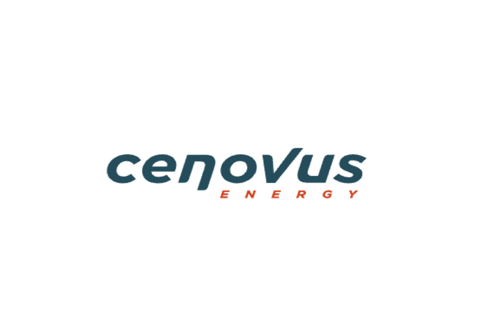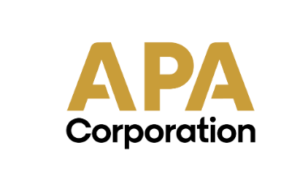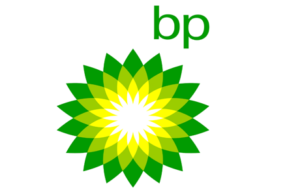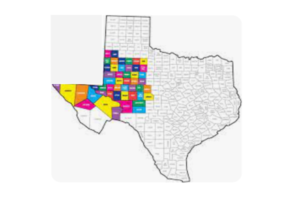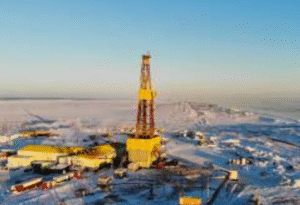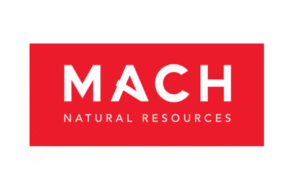CALGARY, Alberta, Nov. 02, 2022 (GLOBE NEWSWIRE) — Cenovus Energy Inc. (TSX: CVE) (NYSE: CVE) generated more than $4.0 billion in cash from operating activities, approximately $3.0 billion in adjusted funds flow and nearly $2.1 billion in free funds flow in the third quarter of 2022, driven by continued strong operations. Total upstream production was approximately 778,000 barrels of oil equivalent per day (BOE/d)1 and downstream throughput averaged 533,500 barrels per day (bbls/d). As part of Cenovus’s commitment to increasing shareholder returns, in addition to its base dividend, the Board of Directors declared a variable dividend payable on December 2, 2022 and approved filing an application with the TSX to renew its normal course issuer bid (NCIB) for another year.
“Solid operating performance at our upstream assets drove another strong quarter for Cenovus, even with increased commodity price volatility,” said Alex Pourbaix, Cenovus President & Chief Executive Officer. “We are delivering on our shareholder returns framework, reducing our net debt and providing enhanced value through continued share buybacks and dividends, including declaring our first variable dividend.”
Oil & Gas Permit Download
CENOVUS ENERGY INC Wells Drilled in 2022
Third-quarter highlights
- Reduced long-term debt to less than $8.8 billion and net debt to about $5.3 billion.
- Delivered $659 million to shareholders through share buybacks and declared a variable dividend of $219 million or $0.114 per common share.
- Closed acquisition of remaining 50% stake in Sunrise oil sands project, which included a cash payment (net of closing adjustments) of $394 million and a variable payment up to a maximum of $600 million.
- Completed sale of the retail fuels network for net cash proceeds of $404 million.
Corporate developments
In August, the company announced an agreement to acquire bp’s 50% working interest in the Toledo Refinery, with Cenovus to become 100% owner and assume operatorship upon transaction close. On September 20, a fire occurred at the facility, tragically resulting in the deaths of two workers. Investigations into the cause of the fire are ongoing and the refinery remains shut down in a safe state. Cenovus continues to assess the status and timing of closing of the transaction.
Third-quarter results
Cenovus again delivered solid operating and financial results in the quarter, driven by the company’s continued reliable operating performance and low cost structure.
Operating results
Cenovus’s total revenues were $17.5 billion, down from $19.2 billion in the second quarter, mainly due to lower benchmark commodity prices, which drove reduced prices for the company’s products across the upstream and downstream businesses. Upstream revenues were $9.0 billion, compared with $10.1 billion in the previous quarter. Downstream revenues were $11.1 billion, compared with $10.8 billion in the second quarter.
Total operating margin3 was $3.3 billion, compared with more than $4.6 billion in the second quarter. Upstream operating margin4 was $2.8 billion, compared with $3.8 billion in the second quarter. The quarter-over-quarter reduction was driven by lower Brent and West Texas Intermediate benchmark prices and a wider light-heavy differential. Downstream operating margin4 was $490 million, compared with $847 million in the second quarter, as third-quarter results were impacted by lower market crack spreads, turnaround activity in the U.S. Manufacturing segment and the incident at the Toledo Refinery. In addition, processing crude oil purchased in prior periods at higher prices had an estimated impact of about $420 million on U.S. Manufacturing operating margin.
Total Upstream production was 777,900 BOE/d, an increase from second quarter production of 761,500 BOE/d. Christina Lake production was 252,800 bbls/d, an increase from 228,800 bbls/d in the previous quarter, with the quarter-over-quarter difference mainly due to planned maintenance in the second quarter. Foster Creek production declined to 182,400 bbls/d, compared with 187,800 bbls/d in the second quarter, reflecting the impact of planned maintenance and an unplanned outage in August. Production at Foster Creek returned to normal rates in September and the facility is currently operating in excess of 200,000 bbls/d. Sunrise production was 30,900 bbls/d in the quarter, up 5,600 bbls/d from the second quarter, with the increase reflecting the acquisition of the remaining 50% working interest, which closed on August 31, 2022. At the Lloydminster thermal projects, production increased 3,700 bbls/d over the previous quarter to 102,100 bbls/d, as the Spruce Lake North project achieved first oil, ramping up during the quarter and now operating above its nameplate capacity of 10,000 bbls/d.
Conventional production was 126,200 BOE/d, compared with 132,600 BOE/d in the second quarter, with the reduction driven by planned maintenance at the Elmworth gas plant. The company invested $67 million in the Conventional business during the quarter as part of the normal ramp up of its seasonal development program and to tie in remaining infrastructure and production from the previous development program.
Offshore production was 64,600 BOE/d compared with 70,100 BOE/d in the second quarter, with the reduction mainly due to changes in the working interest in the White Rose fields during the quarter and a planned turnaround at the SeaRose floating production, storage and offloading (FPSO) vessel in the Atlantic region. Work is progressing on the Terra Nova FPSO’s asset life extension program and it is expected to return to offshore Newfoundland and Labrador before the end of 2022. In the Asia Pacific region, the company drilled and completed the remaining three of five development wells planned in 2022 for the MDA field offshore Indonesia.
The Canadian Manufacturing segment achieved crude utilization of 89% and throughput of 98,500 bbls/d, up from 73% and 80,900 bbls/d in the second quarter. Utilization in the second quarter was impacted by planned turnaround activity at both the Lloydminster Upgrader and Lloydminster Refinery, which was completed in June. Canadian Manufacturing delivered a third-quarter operating margin of $249 million compared with $47 million in the second quarter, with the difference mainly due to a wider Canadian light-heavy crude differential, resulting in lower feedstock costs and increased crude throughput.
In the U.S. Manufacturing segment, the third quarter was affected by planned turnaround activity at the bp-operated Toledo Refinery, with the impacts extending into August, and the Toledo Refinery being fully shut in following the September fire. Third-quarter results were also impacted by planned turnaround activity at the Phillips 66-operated Wood River Refinery. Overall, crude utilization of 87% and throughput of 435,000 bbls/d were higher compared with the previous quarter, as the second quarter was impacted by planned turnaround activity at the Toledo, Borger and Wood River refineries. Additionally, strong operating performance at Cenovus’s Lima Refinery in the third quarter contributed to the improved utilization rate. Per-unit operating expenses declined in the third quarter, primarily driven by the conclusion of significant turnaround activities that had started in the second quarter. Given the developments at Toledo, Cenovus now expects downstream throughput and operating expenses for the year to fall modestly outside the ranges indicated in the company’s 2022 Guidance dated July 27, 2022.
Energy New

